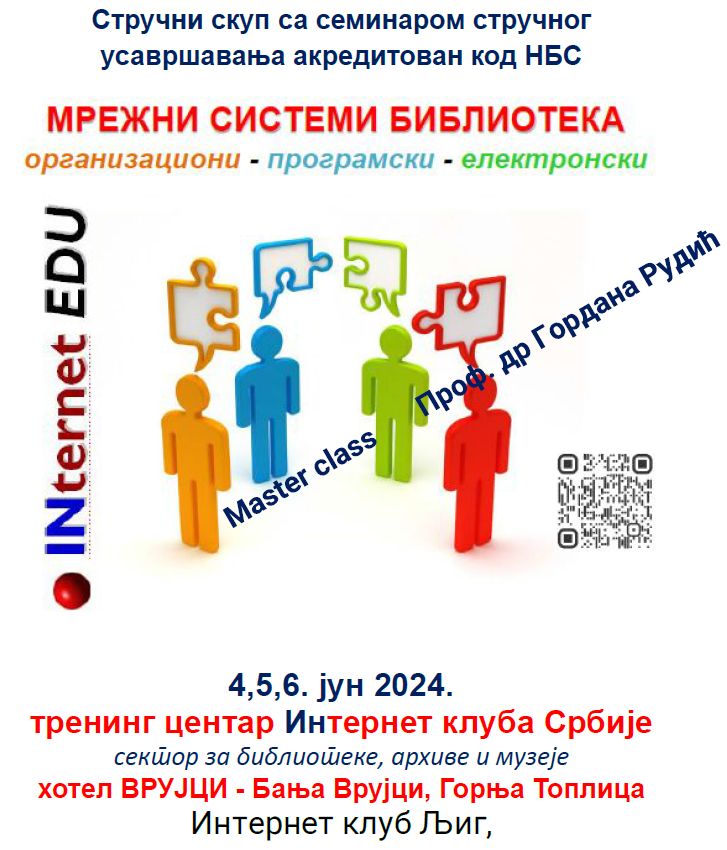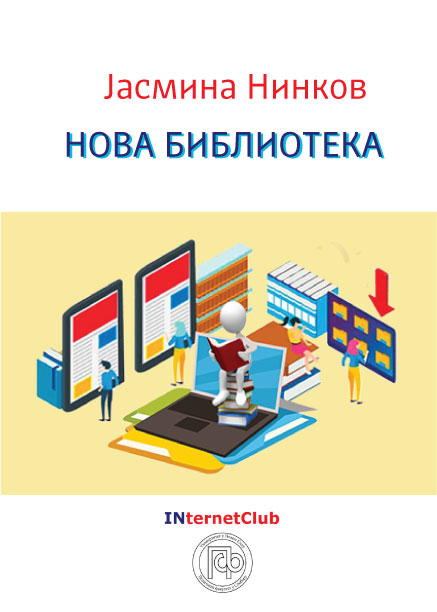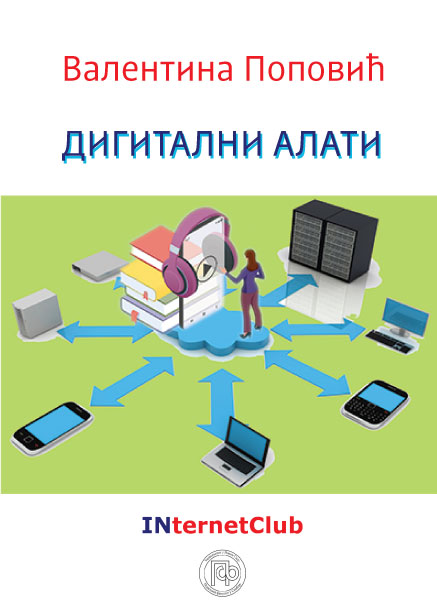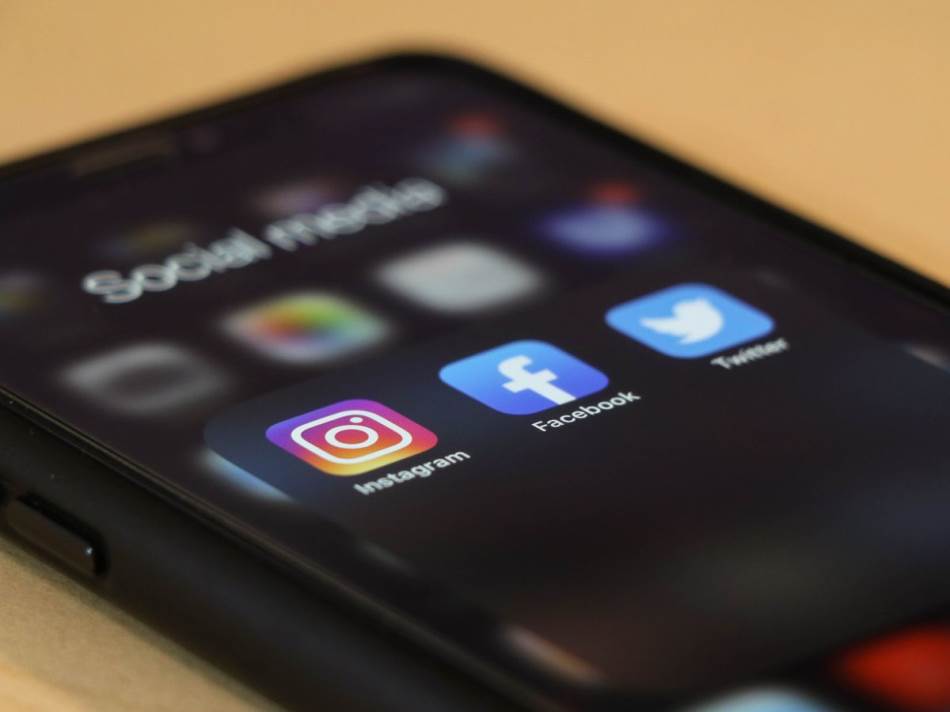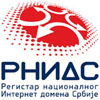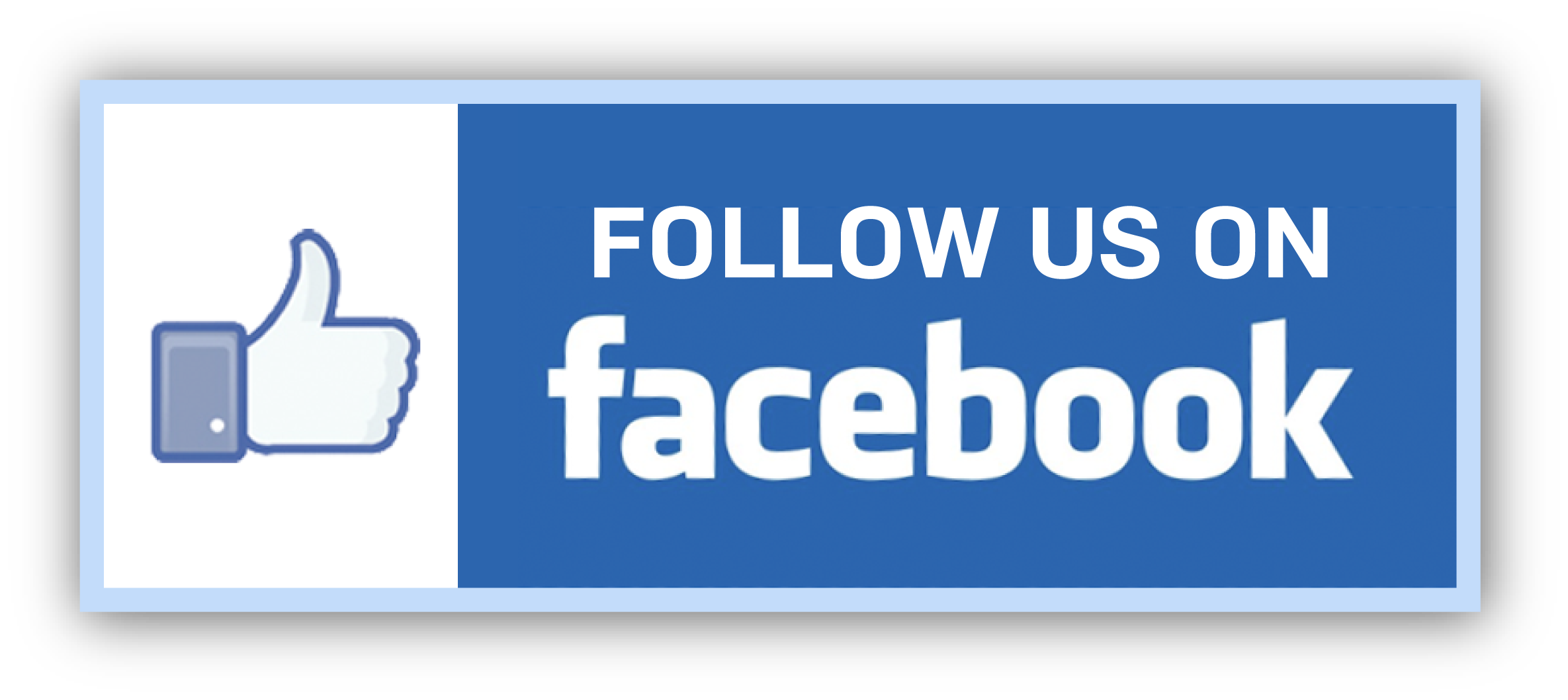Summary
Foreword
In the long history of library science, public libraries have existed for a mere two centuries; however, with the changes spurred on by the 21st Century global, technological, social and cultural processes, their position has been radically redefined. To fully exploit their potential, public libraries must first understand that knowledge is the primary resource of the century we live in, while libraries, as treasuries of human knowledge, have emerged as the key hubs for culture, lifelong education, information and social integration. It would not be an exaggeration to say that a country’s economic development will increasingly depend on investment in the accessibility of not only information, but also knowledge, and this in turn will also mean investing in the information services of public libraries.
To satisfy their users’ demand in our day and age, public libraries will have to reconsider almost all of their past ideas about what constitutes a good public library. The modern world, new technologies, users with new and different needs, online user services and constant evaluation of library operations by their founders and citizens – all these factors call for a completely redesigned approach. Today, a library is perceived as a place where a person satisfies not only his or her cultural and informational needs, but also educational and social ones.
The role of public libraries today implies they must serve as their community’s public building, indeed its living room, open to all ages, in stark contrast to the dominant commercial centres. Libraries have taken centre stage as the only non-commercial public spaces. They are becoming a new form of theancient agora or forum, a new space that fosters interaction within the community and provides a setting for discussion and coordination.
Modern-day libraries are places where we immerse ourselves in the telecommunications structure, where bytes freely flow and where physical and digital worlds overlap. In essence, they are smart places where information is collected and shared. Libraries are where physical action invokes computer processes, while computer processes gain their physical expression. As edifices, libraries are intelligent buildings, which also become intellectual ones through their users. Their development blends their physical collections with the electronic world, leading us towards a hybrid library, which combines the old and the new.
The service of lending books and other library material, helping with finding information, remote library access, as well as classic reading room work in public libraries – these are the points of interaction between the user and the librarian. This is the crucial indicator of overall activity. Looking at how the relationship between the librarian and the user have developed, we discover essential overlapping between the fundamental concepts of librarian work and philosophy.
Who are the users of a library? What is their educational attainment? What are their needs?Users matter, they justify the very existence of public libraries. The number of users is the key statistic for public libraries. Put simply: no users – no library! Users imbue the library with its raison d'être, while the library exerts its societal impact through its users.
One of the main tasks of a modern, new library is to adapt to the changes in the mindset and spirit of its users. The European Parliament’s reportThe Role of Libraries in Modern Societies states: “The challenge to modern societies is that the basic resource, knowledge, is developing from information in very individual, capricious and unpredictable process. It cannot be commanded. Still, societies can support this development, e.g. by offering access to cultural and knowledge treasures. In the information age, this movement of the spirit is more important for the society than ever before.”
A public library also shapes and supports skills citizens need to be active members of the society. Reading and writing skills are among these, and public libraries have traditionally played a leading role in this regard.
Library science is a field that strives towards the ideal of a public space of the highest order, one that should allow every citizen to directly access information and cultural content. The entire philosophy of library science, library management, its mission and vision, must always focus on addressing the main question – what do users expect from us and what do they actually get?
Buildings which are purpose-built for modern public libraries reflect the changes that have been unfolding both in architecture and in library activities, conforming to the concepts and visions of the modern age. The public library building in the 21st Century assumes the role of the key public hub for culture and information in its community; it is open to everyone, free, accessible, social, interactive, in stark contrast to commercial centres. They can become a current, democratic version of the ancient agora or forum, a new means of fostering integration within the community and the setting for discussion and organisation, the cornerstone of culture and free development of enlightened citizens.
The newly built city libraries in Aarhus (Denmark) DOK 1, Helsinki (Finland), ODI and the New Library in Almere, among many others, are probably the best examples of “new libraries.”





